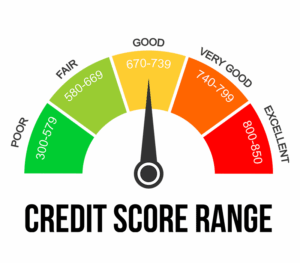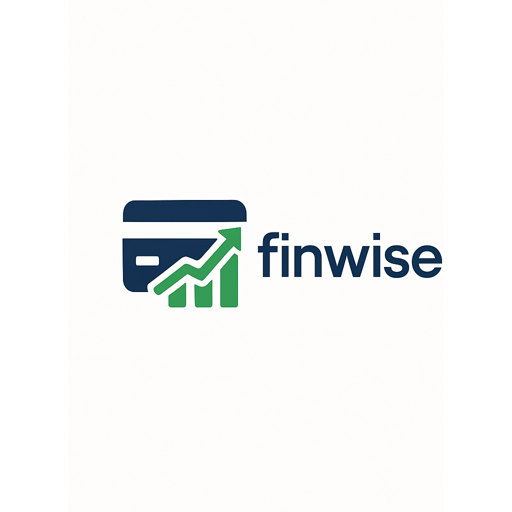Your Submitting to Terror Third Is Here America’s Slide Toward Autocracy: The Case of It’s a Small World after All How Inflation Hits American Consumers in the Wallet
The Real-World Impact of Inflation on American Families

Inflation is one of the most hotly debated economic issues of the recent years, particularly as the U.S. has been beset by lengthening string of price increases since the COVID-19 pandemic. But outside of news headlines and statements issued by the Federal Reserve, what does inflation actually mean for everyday Americans? In this article, we break down what inflation does to consumers’ everyday lives, their spending power, and financial behaviors — and what they can do to adjust.
What Is Inflation and What Causes It?
Inflation is a measure of the rate of rising prices of goods and services in an economy. Or more simply, with inflation, a dollar won’t go as far as it used to. For example, a gallon of milk that was $3.50 last year might be $4.00 today.
There are several factors that can drive inflation:
Demand-pull inflation: when demand for goods and services outpaces supply.
Cost-push inflation: when the costs (such as wages or raw materials) of production rise, the companies pass on those rises to the consumer.
Monetary inflation: when there’s an expansion in the supply of money in the economy, typically due to a government spending stimulus or low interest rates.
Some inflation is normal and even helpful to a developing economy, but rapid or sustained inflation can wreak havoc on consumers.
Rising Costs of Essentials
Lack of access to these resources is all too often the source of economic deprivation and human misery, including hunger, homelessness, crime and inadequate healthcare, education, clean water and sanitation. For example:
Groceries: Food is more expensive than usual because supply chains are disrupted, climate-related issues have wrecked crops, and transportation is pricier.
Housing: Rents and mortgage rates are up, due in part to the ongoing housing shortage and strong demand, keeping prices elevated.
Gas and utilities: Energy prices are especially sensitive to inflation, and they can be driven higher by global oil prices and domestic supply constraints.
These increases in prices fell hardest on lower- and middle-income households since they spend a higher proportion of their income on essentials. For families who are living paycheck to paycheck, a 5 percent increase in the grocery bill can come at the expense of other trade-offs.
Erosion of Purchasing Power
And one of the most frustrating things about inflation is that it’s quietly nibbling away at your purchasing power. For instance, assume you got a 3% annual raise, but inflation is running at 5%. You’re also losing money in real terms — the same paycheck doesn’t cover ever-increasing costs.
It erodes all sorts of purchases — those small daily expenses, for instance, but also major financial goals like saving for a home, a car or college. If interest rates paid on savings accounts and investments do not keep pace, the real value of savings is eroded by inflation over time.
Impact on Credit and Loans
Inflation also enjoys a complicated association with borrowing and credit. When the Federal Reserve raises interest rates to fight back inflation, borrowing consequently becomes more expensive:
Credit cards: The vast majority of credit cards carry variable interest rates linked to the prime rate. As inflation has picked up and the Fed has raised rates, the APR on your credit cards has gone up; it costs more now to carry a balance.
Mortgages and car loans: Borrowing costs are higher as Federal Reserve hikes rates, raising monthly payments on new loans and making big purchases less attractive.
Student loans: Federal student loans have fixed rates but private loans with variable rates can get more expensive during inflation.
Consumers carrying a lot of credit card debt or those hoping to take out a big loan could feel the pinch, as inflation forces borrowing costs higher.
Changing Spending Habits by Consumers
With prices rising, consumers do what they do naturally: find ways to spend their money differently. New surveys and retail data show Americans are:
Reducing discretionary spending, like dining out, spending money on entertainment and on travel.
Buying cheap or generic, but new, products.
Postponing or canceling big-ticket purchases, such as home renovations or electronics.
Growing dependence on credit cards or buy-now-pay-later arrangements to fill budget holes.
These changes in behavior can ripple through the rest of the economy, affecting everything from retail sales to corporate profits.
Savings and Inflation: Where to Park Your Money
Savers face an uphill struggle against inflation. Leaving cash in a traditional savings account with an interest rate of 0.50% APY while inflation is at 4% or higher is equivalent to losing money.
For them seeking another way to preserve the purchasing value, without losses Using other ways of saving or investing, such as:.
High-yield savings accounts: You can often get better interest rates from online banks than at brick-and-mortar institutions.
I Bonds: These U.S.-Treasury-issued inflation-protected savings bonds are increasing in popularity as they track inflation.
Certificates of deposit (CDs): Rates on CDS are going up, making them more attractive options for your short- and mid-term savings.
Investments: A lot of people rely on stock index funds or ETFs, which offer long-term growth, though they also have more risk.
The trick is to reach the optimum balance between liquidity (access to cash) and returns that exceed inflation.
Impacts on Retirement Preparedness
Inflation can also be a danger to long-term financial goals — particularly retirement. If average annual inflation hits 3 percent, a retirement plan calculated based on today’s prices could fall short by a great deal 20 or 30 years in the future.
One of the corresponding retiree responses is that they, too, will need to ensure that their portfolio contains above-inflation rate-of-return assets, like stocks, inflation-fighting I Bonds or real estate. Fixed-income bonds are stable but can lose value in an inflationary environment.
“Inflation isn’t the only retirement planning factor, of course, but making hedging moves is mandatory during inflationary times,” he continued, “In particular, you need to adjust your withdrawal strategy, update your budget and plan for longer life expectancy (and higher healthcare costs).
Government and Fed Reaction
Inflation is controlled by the U.S. Federal Reserve. Its main instrument is interest rate policy — basically, raising rates to check an overheating economy. The Fed has stubbornly driven up rates in response to stubbornly high inflation in recent years.
It creeps up so that inflation doesn’t spiral too quickly, and it’s part of what helps prevent the economy from sliding into recession. Consumers experience the pain of both: higher borrowing costs during inflation and the risk of job loss or reduced hours if the economy shrinks.
How Consumers Can Adapt
While inflation is generally something we can’t really prevent as individuals, there are some things consumers can do to limit its impact:
Spending smarts: Log your spending to see where to save.
Whittle down debt: Refinancing high-interest debt now can prevent a rise in interest costs.
Boost income: Think about side jobs, freelance work, a raise aligned with inflation or something similar.
Be a smart shopper: With coupons, cashback apps and comparison tools, you can ring up even deeper savings.
Invest wisely: Target assets that can appreciate faster than inflation.
Securing your financial footing can make all the difference, even in an economy that goes wrong way.
Final Thoughts
Inflation might sound like a remote macroeconomic concept, but its consequences are intensely personal — and immediate. From grocery bills and gas prices to interest rates and investment returns, inflation seeps through nearly every corner of consumer life.
It is also important to understand why it works and what you can do to adapt in order to stay financially stable. By being informed and flexible, ordinary consumers can weather inflation and still achieve their financial goals.
Our Post

High Interest Rates, Credit Cards and the U.S. Consumer: What to Know in 2025
The Note: How Decelerating U.S. Economic Growth Affects Using Consumer Credit


